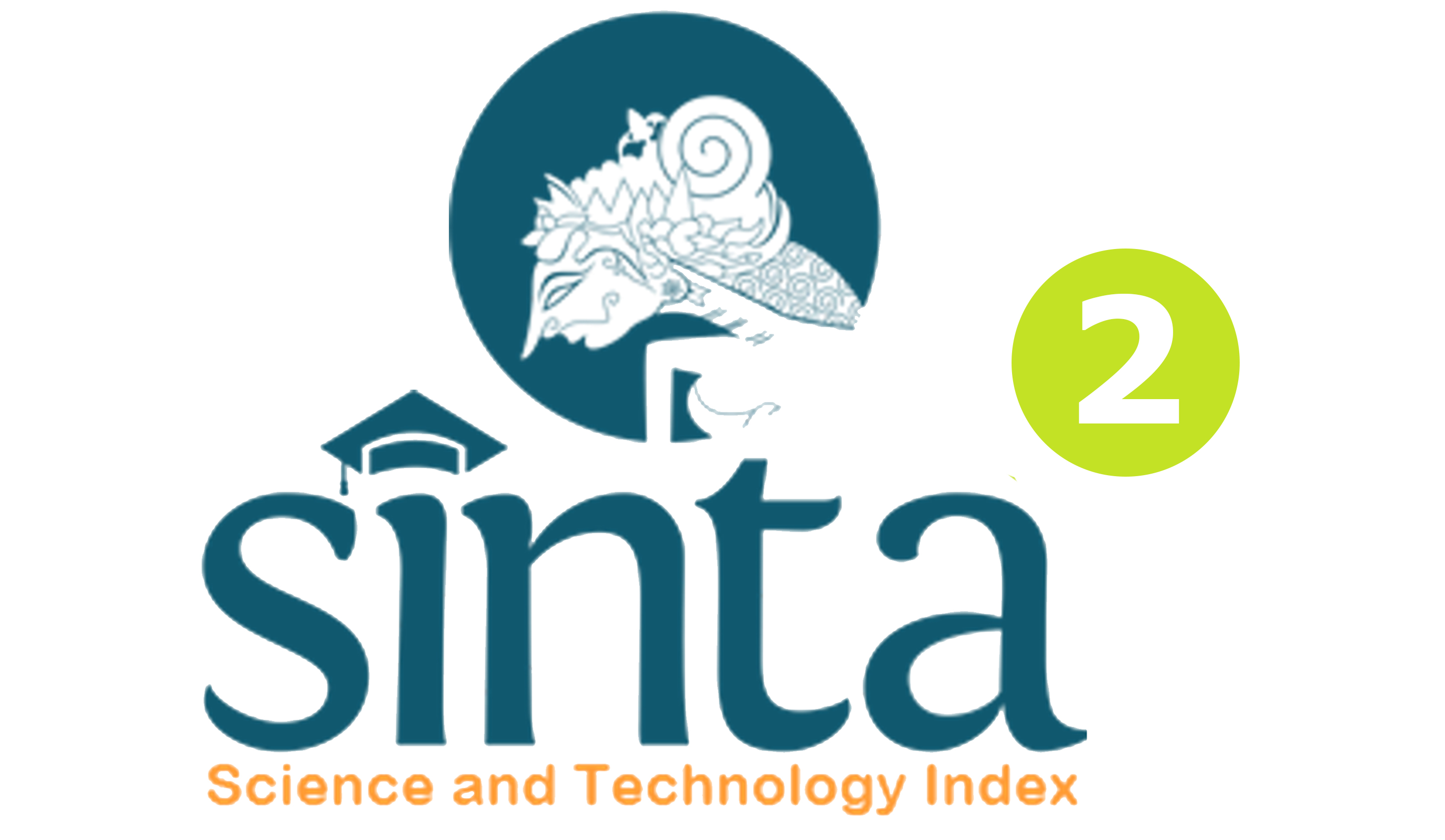Gestalt Counseling with Dialog Game Techniques and Hipno Counseling Techniques for Self Achievement
DOI:
https://doi.org/10.23887/128322017Keywords:
gestalt, the game's dialogue, hipnocounseling, self achievement, genderAbstract
The purpose of this research is to know the influence between gestalt counseling with techniques of game dialogue and hipnocounseling technique against self achievement in terms of the gender of the student. The research is the research experiments with 2 x 2 factorial design, this research was conducted in SMA Negeri 1 Sukasada. The Sampling technique used to determine the research sample is Random sampling. Data collection methods used are observation, interview, questionnaire and diary, recording documents. Data research results are analyzed using two lines of Anova. The results showed that, there may be differences between the influence of gestalt counseling with techniques of game dialogue and hipnocounseling technique against self achievement.References
Afandi, R. (2012). Stage Hypnosis With Magic.Jakarta: PT Sarana Tutorial Nurani.
Ahmad, W., & Chavan, B. S. (2017). Achievement Motivation among B. Ed. General and Special Education (MR) Teacher Trainees: A Comparison. Journal of Disability Management and Rehabilitation, 1(1), 13-16.
Azwar, S. (2005). Sikap Manusia: Teori dan Pengukurannya. Yogyakarta: Pustaka Pelajar.
Beisser, A. (1970). The paradoxical theory of change. Gestalt therapy now, 77-80.
Candiasa, M. (2011). Statistik Multivarian Disertai Aplikasi SPPS. Singaraja: UNDIKSHA Press.
Corey, G. (1988). Teori Dan Praktek Konseling Dan Psikoterapi.Jakarta: PT ERESCO.
Dantes, N. (2012). Metodologi Penelitian. Yogyakarta: Penerbit Andi.
Dharsana, K. (2010). Dasar-dasar BK Seri 2.Singaraja: BK FIP Undiksha.
-----------. (2013). Konseling Lintas Budaya. Singaraja: BK FIP Undiksha.
-----------. (2014). Model Teori Dan Teknik Untuk Penulisan Skripsi. Singaraja: BK FIP Undiksha
-----------. (2015). RPBK Seri Bimbingan Klasikal, Bimbingan Kelompok, Konseling Kelompok, Konseling Individu Untuk Pengembangan Self Achievement. Singaraja: BK FIP Undiksha.
_______. (2010). Teori-teori Konseling.Singaraja: BK FIP Undiksha.
_______. (2012). Statistik Pendidikan.Singaraja: Pascasarjana Undiksha.
_______. (2013). Pengembangan Pribadi Konselor.Singaraja: BK FIP Undiksha.
_______. (2013). Praktikum BK Karier. Singaraja: BK FIP Undiksha.
Dharsna, K. & Suarni, K. (2016). Upaya Peningkatan Aktivitas Dan Hasil Belajar Dengan Model Pembelajaran Kooperatif Dengan Berbantuan Penilaian Portofolio Melalui Lesson Study Bermuatan Nilai Kearifan Lokal Dan Entrepreneurship Pada Mata Kuliah Praktikum Asesmen Psikologi Teknik Tes Di Semester VI Jurusan BK FIP Undiksha
Edgerton, J. D., & Roberts, L. W. (2014). Need for Achievement. In Encyclopedia of Quality of Life and Well-Being Research (pp. 4284-4287). Springer Netherlands.
Ellias, J. (2009). Hipnosis dan Hipnoterapi Transpersonal/NLP. Yogyakarta: Pustaka Pelajar.
Fatchurrohman, R. (2017). Pengaruh motivasi berprestasi terhadap kesiapan belajar, pelaksanaan prakerin dan pencapaian kompetensi mata pelajaran produktif. Innovation of Vocational Technology Education, 7(2)
Fisch, S., Brinkhaus, B., & Teut, M. (2017). Hypnosis in patients with perceived stress–a systematic review. BMC Complementary and Alternative Medicine, 17(1), 323.
Gerungan. (1986). Psikologi Sosial. Bandung: Rosda Offset.
Gladding, S. (2012). Konseling Profesi Yang Menyeluruh. Jakarta: PT Indeks.
Gruber, N. (2017). Is the Achievement Motive Gender-Biased? The Validity of TAT/PSE in Women and Men. Frontiers in psychology, 8.
Herawati, N. (2011). Pengaruh Metode Hypnoquantum Teaching terhadap Motivasi Belajar Mahasiswa. Pamator Journal, 4(1), 57-64.
Joseph, I. (2017). Factors Influencing International Student Entrepreneurial Intention in Malaysia. American Journal of Industrial and Business Management, 7(04), 424.
Kirchner, M. (2000). Gestalt therapy theory: An overview. Gestalt, 4(3), 4-3.
Menda, L. G. (2014). Penerapan Konseling Behavioral Dengan Teknik Modeling Untuk Meningkatkan Proaktif Siswa Kelas X BB SMA Negeri 2 Singaraja. Skripsi (tidak diterbitkan). Jurusan BK FIP Undiksha Singaraja.
Nurkancana, W. (1990). Evaluasi Hasil Belajar.Surabaya: Usaha Nasional.
Palmer, S. (2011). Konseling dan Psikoterapi. Yogyakarta: Pustaka Pelajar.
Prabowo. (2009). Hipnomedik, Hipnoterapi dan Hypnopregnancy. Yogyakarta: Nuh Medika.
Prayitno. (1994). Dasar-dasar Bimbingan dan Konseling. Jakarta: Direktorat Jendral Pendidikan Tinggi Departemen Pendidikan dan Kebudayaan.
Program P. U. S. (2015). Pedoman Penulisan Tesis. Singaraja: Undiksha.
Sardiman. (2008). Interaksi Dan Motivasi Dalam Belajar-Mengajar. Jakarta: PT Raja Grafindo.
Sawni, A., & Breuner, C. C. (2017). Clinical Hypnosis, an Effective Mind–Body Modality for Adolescents with Behavioral and Physical Complaints. Children, 4(4), 19.
Siagian, S. (2004). Teori Motivasi Dan Aplikasinya. Jakarta: PT Rineka Cipta.
Simanjuntak, N. (1952). Kamus Psikologi. Jakarta: Bina Aksara.
Steinmann, B. (2017). The role of the need for affiliation and the behavioral manifestation of implicit motives in effective leadership: a dimensional approach.
Sugiyono, D. (2000). Metode Penelitian. Bandung: CV Alvabeta.
Suranata, K. (2010). Panduan Memimpin Kelompok Dalam Konseling Kelompok. Singaraja: BK FIP Undiksha.
Suryabrata, S. (1986). Psikologi Pendidikan. Jakarta: Grafikatama.
Terhune, D. B., Cleeremans, A., Raz, A., & Lynn, S. J. (2017). Hypnosis and top-down regulation of consciousness. Neuroscience & Biobehavioral Reviews.
Uno, H. (2008). Teori Motivasi Dan Pengukurannya. Jakarta: PT Bumi Aksara.
Wood, P., Fox, A., Norton, J., & Tas, M. (2017). The Experience of Lesson Study in the UK. In The Palgrave International Handbook of Action Research (pp. 203-220). Palgrave Macmillan US.
Yontef, G., & Jacobs, L. (2010). 10 gestalt therapy. Current psychotherapies, 342.
Downloads
Published
Issue
Section
License
BISMA the Journal of Counseling is an Open Access Journal. The authors who publish the manuscript in this journal agree to the following terms:
BISMA Journal is licensed under a Creative Commons Attribution 4.0 International License. This permits anyone to copy, redistribute, remix, transmit and adapt the work provided the original work and source is appropriately cited.
This means:
BISMA The Journal of Counseling is licensed under a Creative Commons Attribution 4.0 International License.
(1) Under the CC-BY license, authors retain ownership of the copyright for their article, but authors grant others permission to use the content of publications in BISMA Journal in whole or in part provided that the original work is properly cited. Users (redistributors) of BISMA Journal are required to cite the original source, including the author's names, BISMA Journal as the initial source of publication, year of publication, volume number, issue, and Digital Object Identifier (DOI); (2) The authors are the copyright owner of the article, and the author grants the BISMA Journal held the first publication right.








